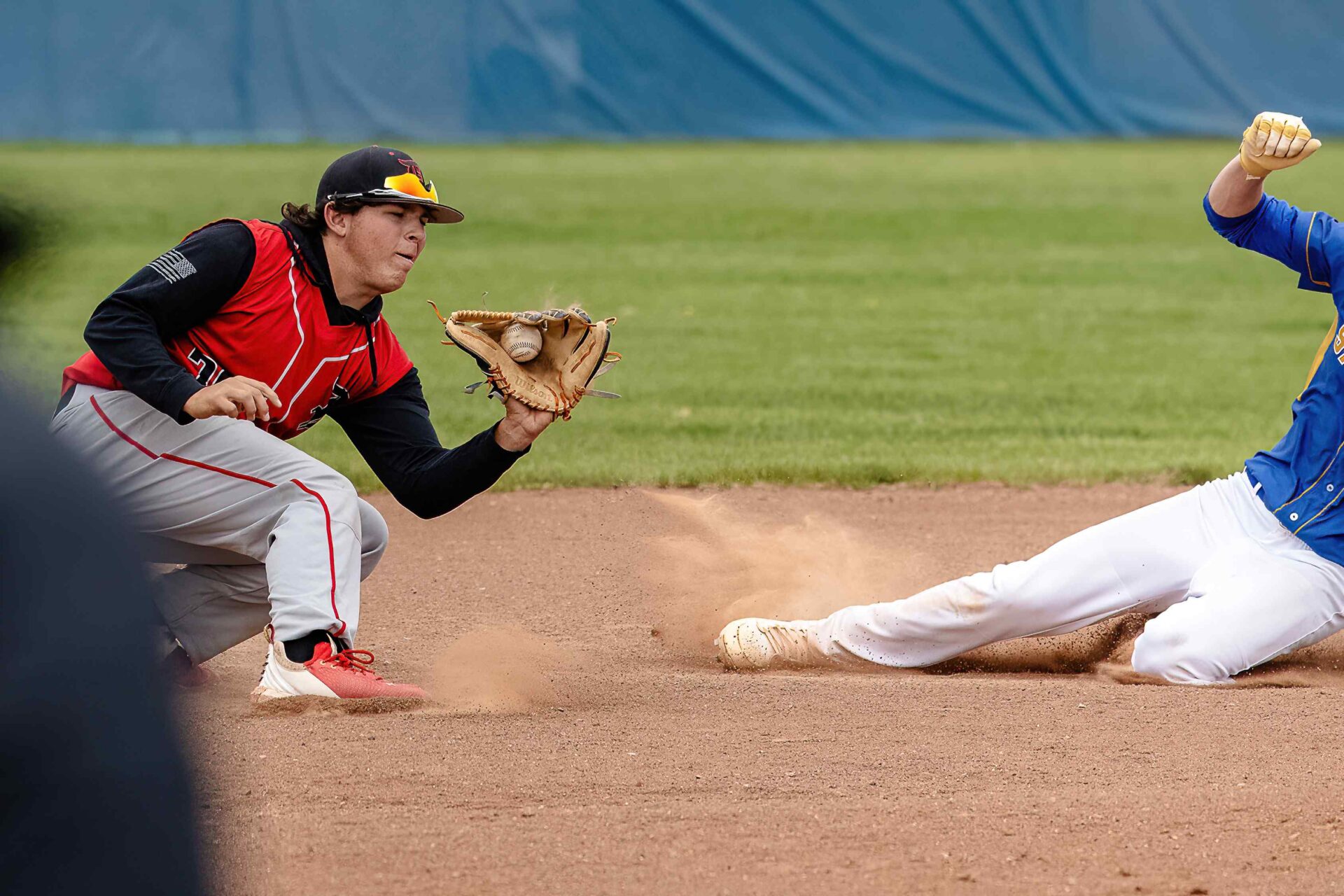Science Moab talks with Andre Potochnik about how changes in river drainages reflect larger landscape movement
Millions of years ago, streams and rivers that had run into the heart of the country across what is now the Colorado Plateau reversed as new mountain ranges rose up, sending water in the opposite direction and into the Pacific Ocean.
By studying deposits of river gravels, Andre Potochnik has been able to find evidence of major changes in the drainages on the southern part of the Colorado Plateau. Science Moab talked with Andre about his work in Arizona on the Apache Reservation and how he has come up with the timing of significant drainage reversals for rivers and how this information impacts interpretations of the Colorado River and the Grand Canyon.
Science Moab: What did the landscape look like over the last 60 million years, and what led to the ultimate reversal of drainage patterns on the Colorado Plateau?
Potochnik: Beginning around 80 million years ago, streams flowed northeast from a large mountain range that existed south of the Colorado Plateau. These rivers probably ended up flowing all the way to the Mississippi River embayment. Around 30 million years ago, plate tectonics changed between the Pacific plate and the North American plate in such a way that the compressional stresses on the continent were released, and the continental crust then began to spread out to the east and west. This caused the ancient mountain system south of the plateau that we call the Mogollon Highland to collapse, making the entire southern edge of the plateau gently flex back down toward the southwest. This caused the ultimate reversal of the drainages.
Science Moab: Could you explain how studying deposits of ancient river gravels and terraces has helped you understand the relative flow of ancient rivers?
Potochnik: Paleo-current indicators, which indicate the direction of flow, can be ascertained by a few different methods. The principle one I use is called “stream imbrication,” which is the layering of gravels of different sizes. These gravels represent movement along the channel bottom, and the movement of these gravels comes to a stop when the river flood that’s carrying them subsides. Since many of the boulders tend to have some flat dimension to them, they will tend to layer such that they are tilted upward in the direction of flow, which is the the angle at which they’re least likely to get transported further. By measuring hundreds and hundreds of measurements over a very large region, I was able to piece together the flow directions for a given locality.
Science Moab: How can you apply your work to the Colorado River drainage?
Potochnik: If ancient canyons were carved in eastern Arizona, then why not in western Arizona as well? We also have the evidence for ancient rim gravels in that area. I became very curious to see if I could apply what I’ve learned in the Salt River Canyon [to the Grand Canyon area], because the two regions are very similar geographically, and paleo-geographically. The Mogollon Highland extended all the way across Arizona to the Grand Canyon region; clearly the Colorado River is passing through an ancient mountain system that collapsed in that region as well.
One of the mysteries of the Grand Canyon is: when did the canyon get cut? There was quite a discussion about this back in 2008, when Rebecca Flowers studied the uplift of the ancient mountain system near the mouth of the Grand Canyon, and came up with some numbers for the uplift of the Mogollon Highland in that region of 70-74 million years ago. The implication was that there must have been a big uplift at that time and there must have been a big canyon cut into the southern edge of the Colorado Plateau in western Arizona, suggesting that the Grand Canyon may have begun to be cut by ancient northeast flowing rivers onto the Plateau from the Mogollon Highland at that time.
When the Colorado River found its course off of the southern edge of the Colorado Plateau to the southwest, it simply flowed through the predecessor canyon that had already been carved, similar to what the modern Salt River has done. The Grand Canyon may well be a lot older than six million years.
Science Moab is a nonprofit dedicated to engaging community members and visitors with the science happening in Southeast Utah and the Colorado Plateau. To learn more and listen to the rest of this interview, visit www.sciencemoab.org/radio.




